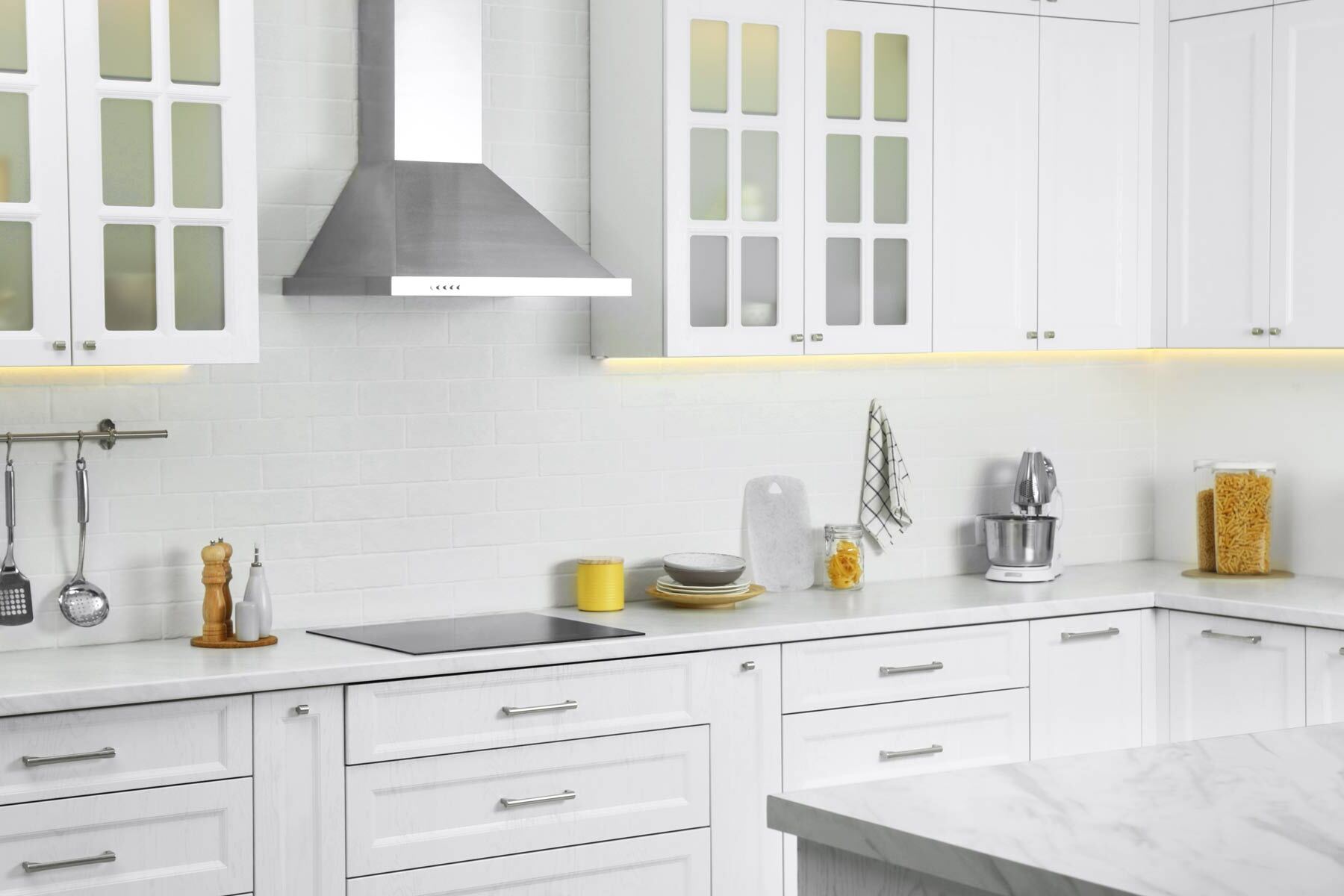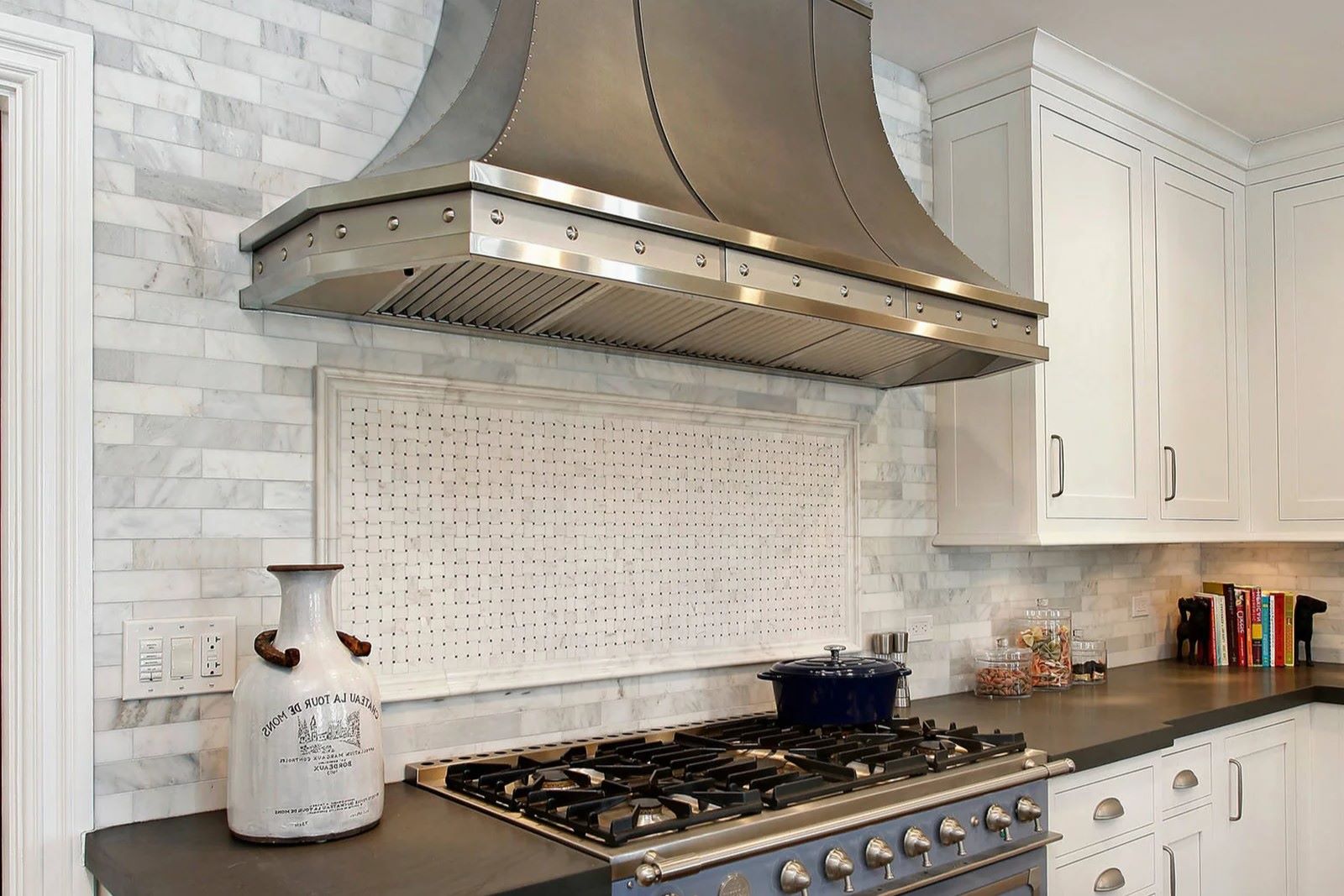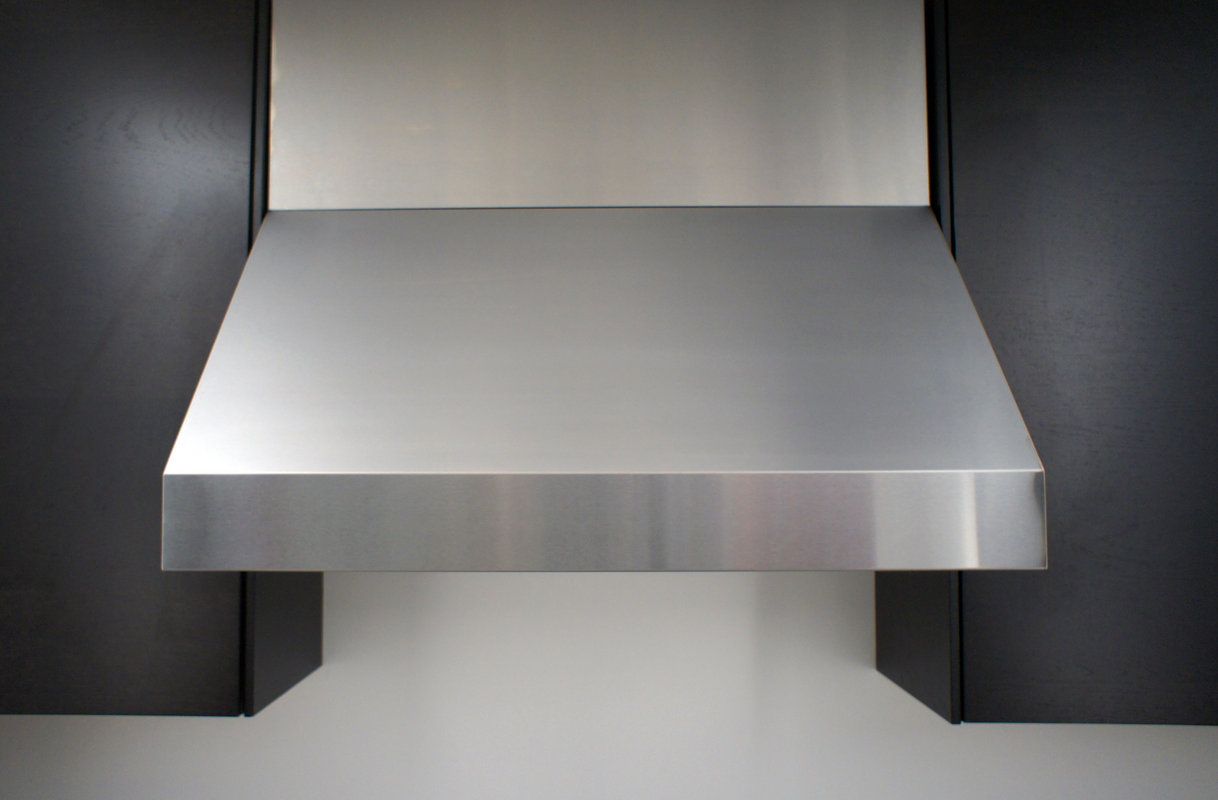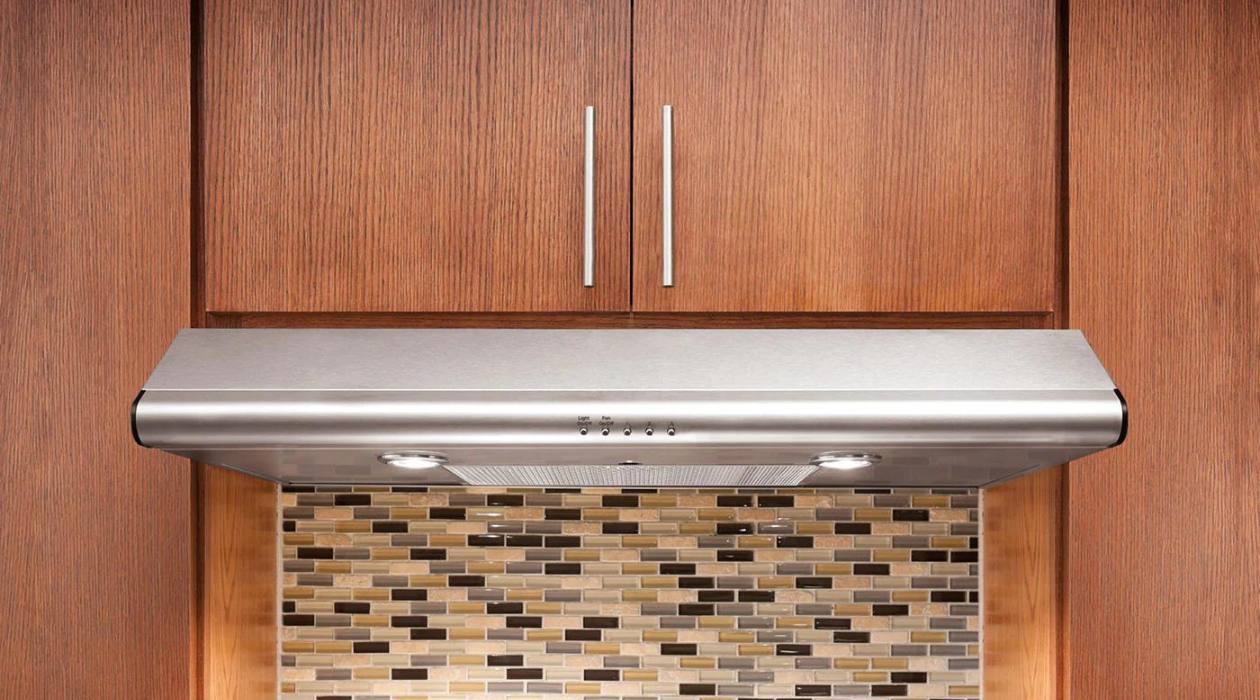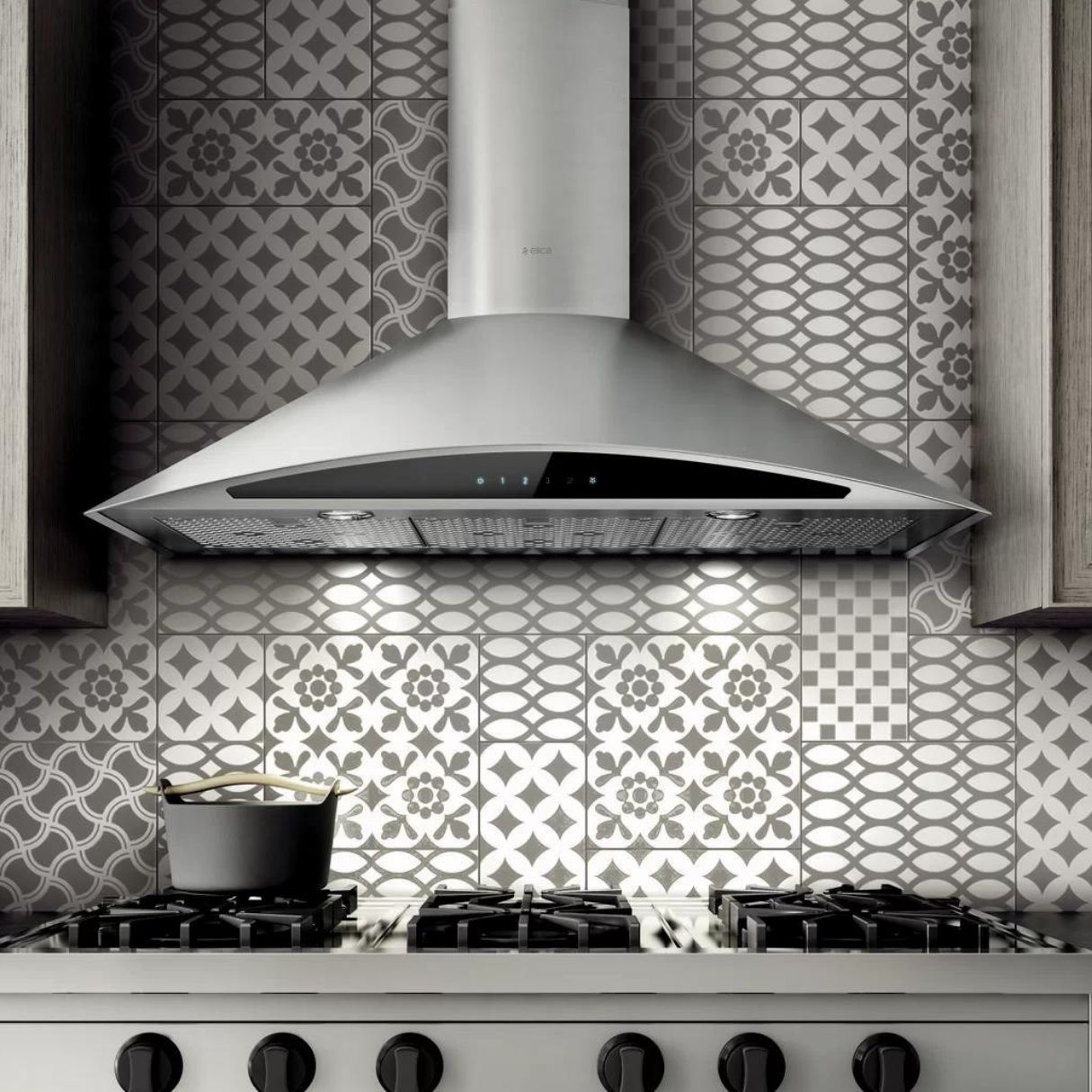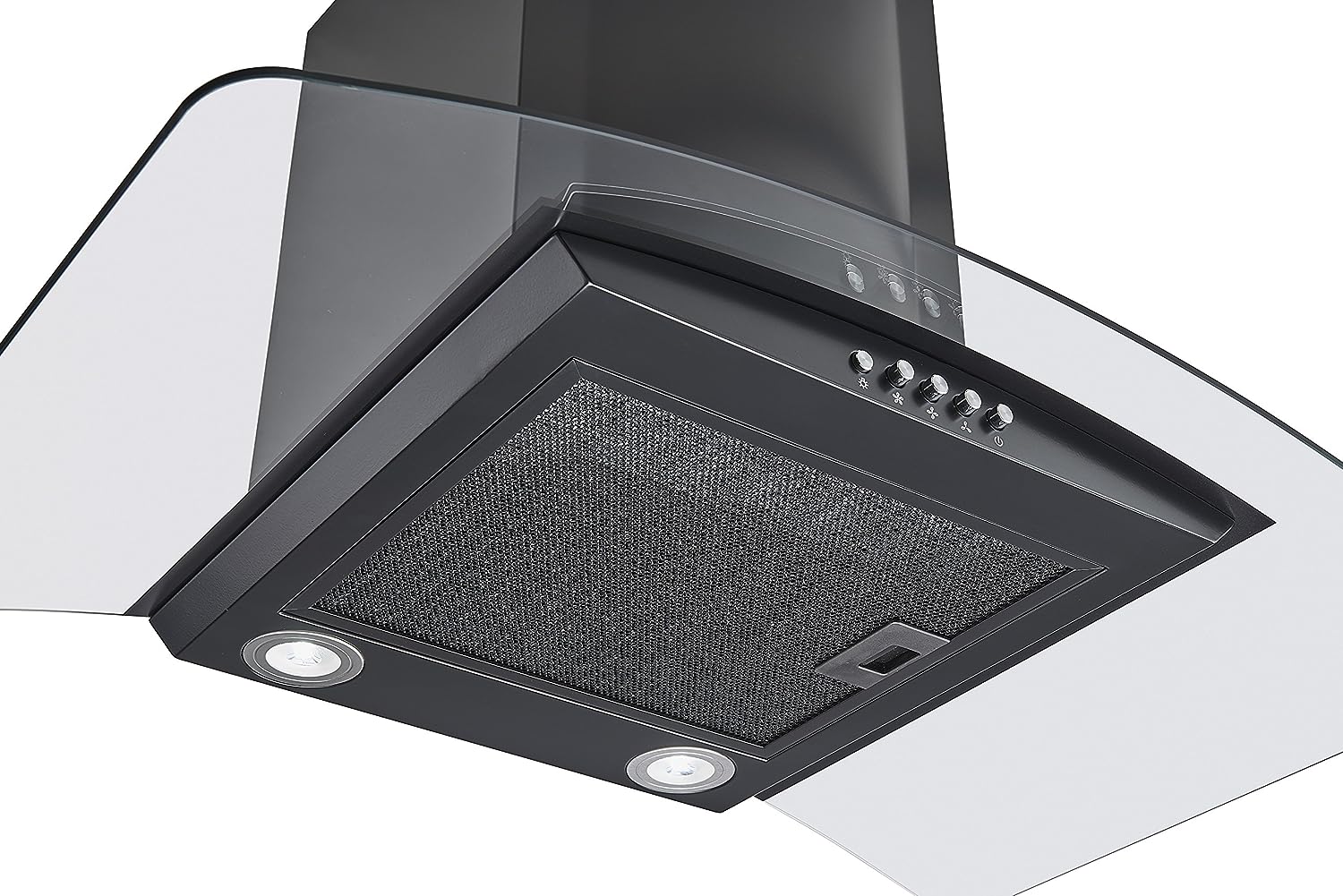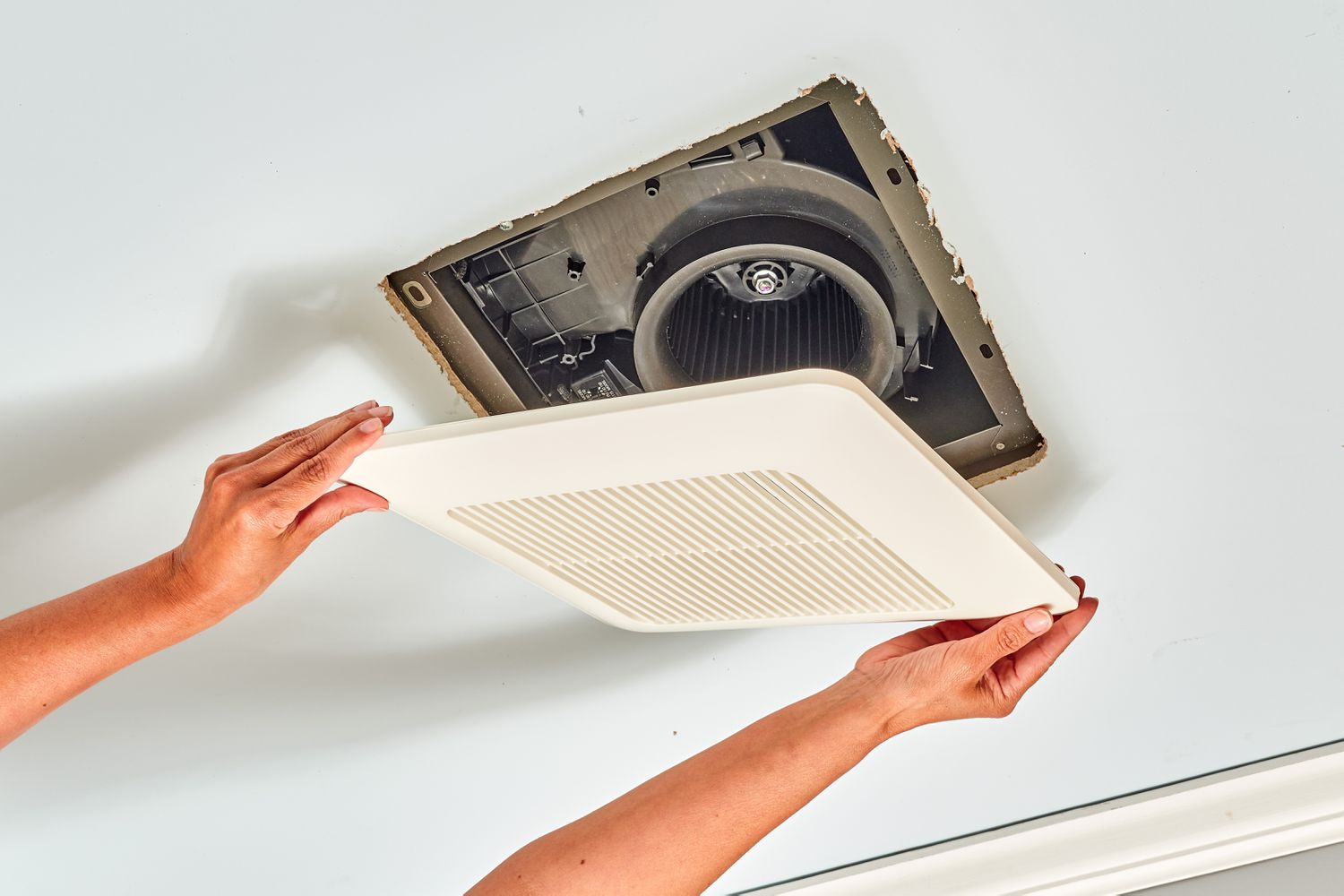Home> Kitchen Exhaust Fan
Kitchen Exhaust Fan: Ultimate Guide to Perfect Ventilation
Explore our comprehensive guide on kitchen exhaust fans. Discover the best models, installation options and maintenance tips for optimal kitchen ventilation.
DIY Guide To Installing A Kitchen Range Hood With Custom Cover
By: Benjamin Parker • Ideas and Tips
